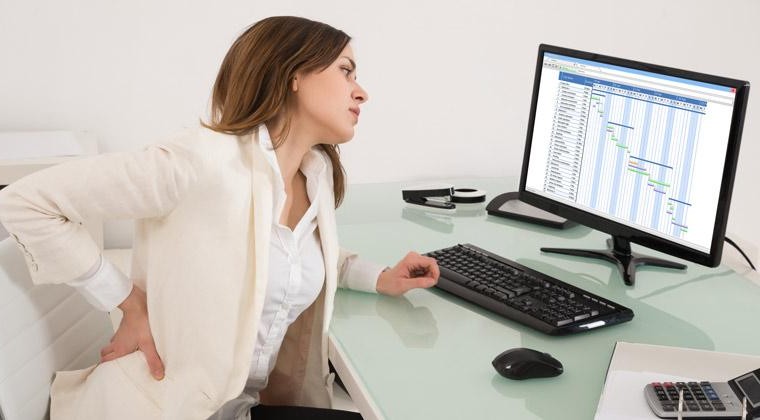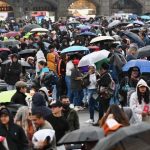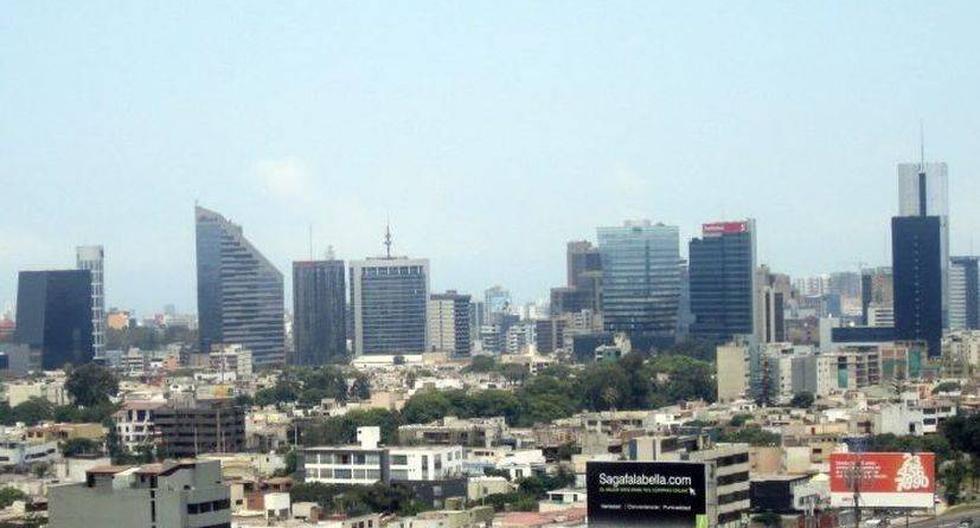Within Kinesiology and the area of traumatology and orthopedics, the largest reason for absenteeism in the world is low back pain, a type of pain located in the lower part of the back, whose origin has to do with the muscle structure. -skeletal spine of multifactorial origin, that is, there are several factors to take into account when evaluating the causes. And one of the problems with this pathology is that only the consequences are treated, which in 80% of cases have to do with pain, and the causes are not analyzed.
The Hospital de Clínicas of the Faculty of Medical Sciences of the UNA, through the Department of Kinesiology and Physiotherapy, has rehabilitation for people with low back pain, whose treatment scheme has three pillars: weight controlthe patient education in his pathology and the therapeutic exercise with dynamic focus.
In this regard, the mg. Lic. Ernesto Lucas, head of the Kinesiology and Physiotherapy Assistance Department, explained that therapy should be based on movement, noting that the education it has to do with all aspects, including the shoes the person wears, the chair, the table they use at work, how they are going to sit and how they stand. It also has to do with the bed or mattress that the person uses at home.
The other important pillar is dynamic treatment, “That apparently can be contradictory when approached from the dynamic point of view, since pain is usually associated with non-movement, that is, it hurts so I rest. But rest is not a good strategy for managing this pathology”, held.
In fact, he pointed out that, for several years, kinesiology has expressly contraindicated rest as a therapeutic action. Not only due to the high global impact generated by work absenteeism, but for everything that has to do with social security to compensate for that time that the person was without work, he argued.
“Comparatively, people who undergo dynamic treatment versus people who rest, those with dynamic treatment do much better in the long run than those who continue to rest, because the result of rest is short-term, since when they resume work activity they return the pain. Therefore, the main strategy should not be to give rest to people who consult for back pain, but rather that they receive an instruction in the management of their pathology and approach it in a dynamic way at home ”, remarked.
As a recommendation, the kinesiologist specializing in Traumatology and Sports, indicated that we should try to reduce the prolonged times of stasis or stillness, applying what we know as active pauseprogramming breaks that include movement, such as a walk or stretching series of 10 to 15 minutes in periods of every 2 hours.
One of the recommendations would be to park the car as far away as possible, in order to force the walk or use the furthest bathroom. “For example, we receive patients who spend many hours sitting down and get up only to go to the bathroom. Then you have to induce movement for as long as possible, because the joints are mainly filled with an oily liquid that thickens after two hours of non-movement and that begins to generate a series of problems precisely due to the lack of mobility that ends up having repercussions. in work absenteeism.
So what has to be evaluated is the effectiveness of the work. “For example those 8 hours in a row versus active breaks combined with good working conditions are the correct ones, in this way the time is reduced but to complete the same job in less time and absences from work due to the condition are avoided”.
It’s news today: Triple homicide reported in Alto Paraguay
Reaffirming the pillar of education as an important role. In this sense, education must be not only for the patient who suffers from the condition, but for both parties, both the employee and the employer, taking into account all factors from the correct footwear, the chair, the times and the acquisition of habits healthy.
“Education impacts much more therapeutically than any drug or screw. That possibility of being able to sit down to analyze and change habits through education that does have administrative, social, labor, and economic repercussions, that is why we insist so much on changing habits ”, stressed the professional.
The Department of Kinesiology of the Hospital de Clínicas cares for patients with spinal conditions, whose treatment aims to reduce symptoms and try so that the patient can restore lost functionality. Therapy management is mainly dynamic, currently static therapies on stretchers have been abandoned and what is done is to evaluate, know the limitations of the patient and based on that, make a work plan mainly in therapeutic exercise.
The service offers two types of consultation. The Model 1.1. in which the patient receives personalized attention for 1 hour, especially for those patients with pain.
And the Column School, which consists of group therapy, especially for those patients already in the intermediate or advanced phase of treatment. Its main strength is the social bond that is generated between the participants, which has a very strong effect therapeutically speaking.
The scheduling is done via WhatsApp at 0974-737455the patient sends a message with their personal data, a database is created and later a professional is assigned at a specific time and date for the face-to-face consultation.


















